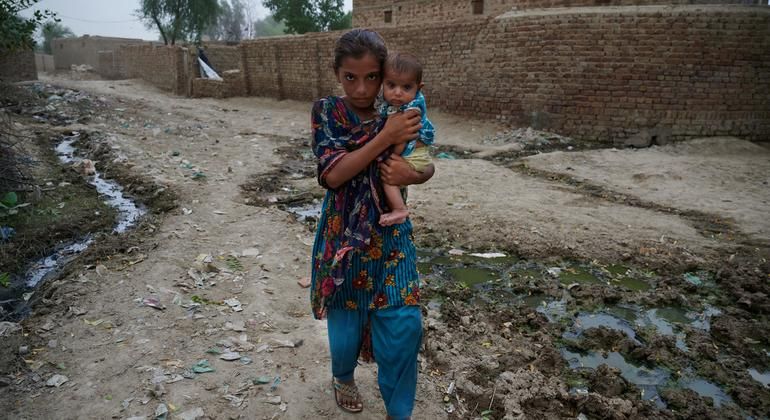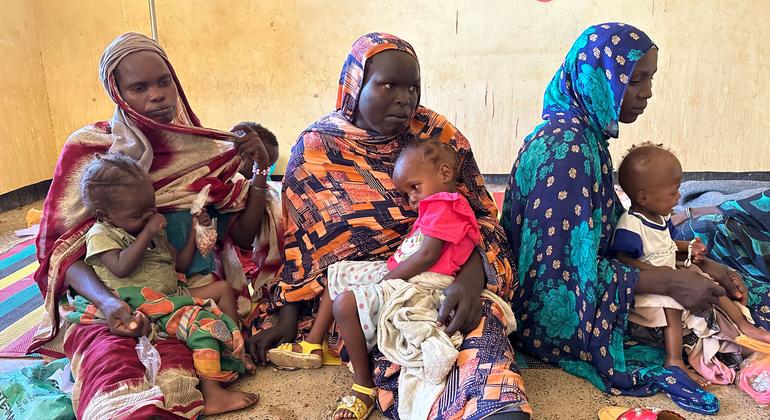The World Health Organization (WHO) study, conducted in partnership with Reaching the Last Mile (RLM), a global health initiative to eliminate neglected tropical diseases (NTDs), found that Rising temperatures and changing weather patterns are altering the spread of vector-borne diseases.which poses significant health risks.
As the geographic spread of disease vectors such as mosquitoes expands, the risk of introducing or reintroducing these diseases to new areas increases. This change is likely to have the most severe impact on communities that are already disproportionately affected.
The study analyzed peer-reviewed articles from January 2010 to October 2023, analyzing data on national disease burden, access to healthcare, and climate vulnerability scores.
Most of the data sets used focused on malaria, dengue and chikungunya, while other NTDs were significantly underrepresented.
Lack of evidence
Only 34 percent of the studies reviewed (174 studies) addressed mitigation and just five percent (24 studies) looked at adaptation. highlighting the terrible lack of evidence available to help malaria and neglected tropical diseases.
Ibrahima Socé Fall, Director of the WHO Global NTD Diseases Programme, emphasized the need for more comprehensive, collaborative and standardized models to predict and mitigate the health effects of climate change.
“This important and timely review reveals alarming trends and is a call for urgent action.. Malaria transmission is likely to shift polewards and to higher altitudes, while the mosquito vector responsible for dengue and chikungunya transmission is expected to continue expanding its range,” he stated.
“If we want to protect and build on the hard-won victories of the past two decades, now is the time to mobilize.”
Neglected tropical diseases
Neglected tropical diseases (NTDs) are a diverse group of conditions caused by a variety of pathogens, including viruses, bacteria, parasites, fungi, and toxins.
These include Chagas disease, dengue, chikungunya, leprosy, rabies, soil-transmitted helminthiasis, snake bites, trachoma and yaws. It is estimated that they affect more than one billion people, according to the WHO.












